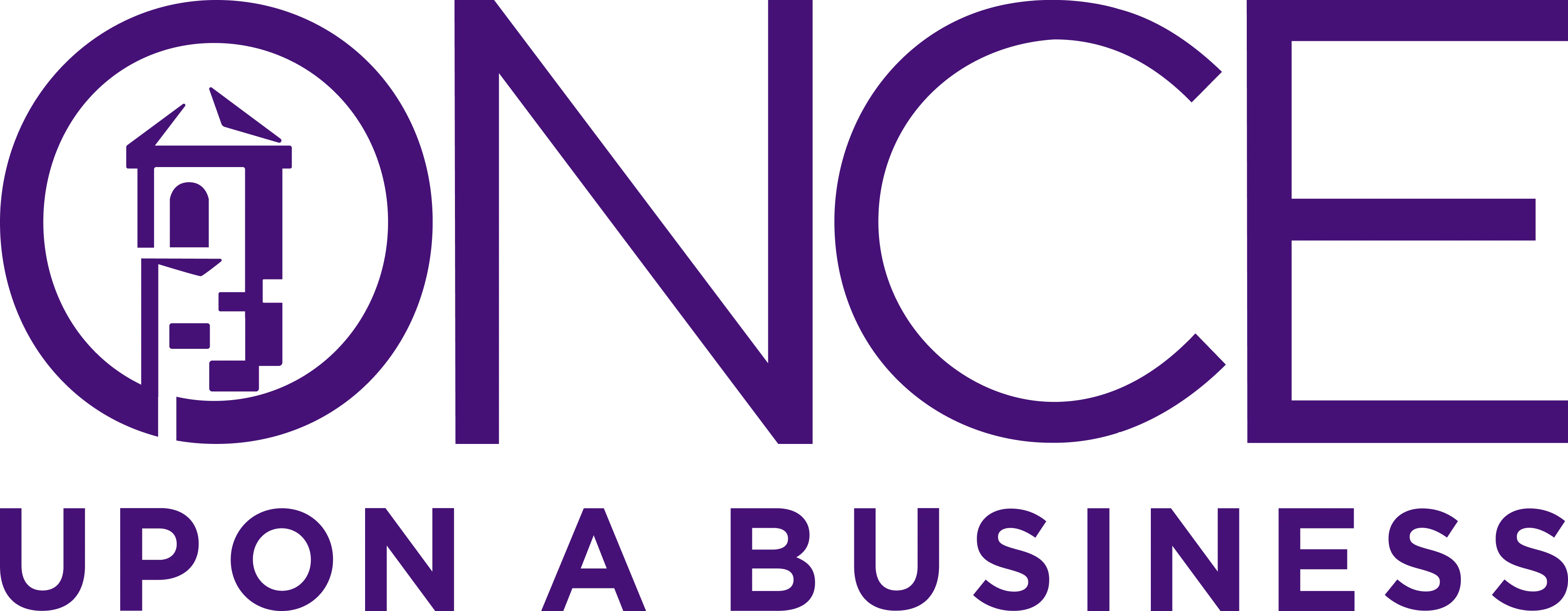The Complete Fairy Tale Revenue Flywheel: A 5 Part Series For Systematic Client Acquisition

Most businesses treat sales like a fairy tale. They hope the right prospects will magically appear, fall in love with their services, and live happily ever after with premium pricing and long-term contracts. But hope isn't a strategy, and fairy tales aren't business models.
The reality? Systematic revenue generation requires systematic thinking. It demands diagnostic frameworks to identify problems, architectural blueprints to design solutions, automated engines to execute consistently, strategic methodologies to close confidently, and psychological integration to influence systematically.
That's exactly what The Fairy Tale Revenue Flywheel delivers—a complete, interconnected system that transforms how businesses attract, qualify, nurture, and convert prospects into committed clients. Not through hope or talent, but through systematic precision.
Over the past five articles, we've architected every component of this system. Each piece builds upon the previous, creating a comprehensive competitive advantage that competitors can't copy because they can't see the complete picture. This is your master reference guide to the most powerful client acquisition system you'll ever implement.
An Integrated Revenue System
Part 1: The Diagnosis - Identifying Why Revenue Systems Fail
The CRM Death Cycle: How to Diagnose and Break the Loop That's Killing Your Client's Sales
Every systematic revenue system begins with accurate diagnosis. You can't fix what you can't properly identify, and most businesses are treating symptoms while ignoring root causes.
The Core Framework: The CRM Death Cycle reveals the four-stage systematic failure that turns expensive software into abandoned digital graveyards:
- The Empty Promise: Software purchased without proper implementation strategy
- The Anarchy of Adoption: Teams forced to use systems without defined processes
- The Data Graveyard: Inconsistent usage creating unreliable information
- The ROI Black Hole: System abandonment blamed on software rather than implementation
The Strategic Value: This diagnostic framework immediately positions you as the expert who understands why previous solutions failed. Instead of pitching generic improvements, you provide specific, evidence-based analysis of operational problems.
Key Takeaway: The conversation shifts from "you need more leads" to "you need a system to handle the leads you have." This reframe eliminates competition and creates urgent demand for systematic solutions.
Part 2: The Blueprint - Architecting Customer-Centric Revenue Systems
Stop Selling 'Pipeline Setup.' Start Selling Revenue Architecture.
Once you've diagnosed the problem, you need architectural solutions. Most sales pipelines fail because they're designed around internal company needs rather than external customer psychology.
The Core Framework: Customer-centric pipeline architecture based on trust stages rather than internal milestones:
- Problem Awareness: "I have this issue and these people understand it"
- Solution Education: "This approach makes sense for my situation"
- Proof Validation: "This works for others like me"
- Investment Justification: "I can sell this internally"
- Decision Confirmation: "This is the logical next step"
The Strategic Value: This blueprint transforms you from a CRM vendor into a revenue architect. You're not just implementing software; you're designing systematic trust-building that aligns with human psychology.
Key Takeaway: The sale becomes the logical conclusion of a systematic journey rather than the result of persuasive conversations. Trust is built systematically, not accidentally.
Part 3: The Engine - Automating Intelligent Lead Management
The Engine That Turns Leads Into Revenue: Building Your Client's Fairy Tale Funnel
Architectural blueprints require execution engines. The Fairy Tale Funnel automates the systematic conversion of interest into revenue through intelligent scoring and nurturing.
The Core Framework: Three-tiered contact lifecycle automation:
- Subscribers (0-24 points): Educational nurturing for early-stage prospects
- Marketing Qualified Leads (25-74 points): Solution-focused content for active researchers
- Sales Qualified Leads (75+ points): Direct sales engagement for ready buyers
The Automation System: Seven-stage progression that mirrors the customer journey:
- Prospecting → 2. Lead Qualification → 3. Demo/Meeting → 4. Sales Qualified → 5. Proposal → 6. Negotiation → 7. Opportunity Won
The Strategic Value: Your sales team only engages with genuinely qualified prospects while automation handles nurturing and timing. Performance becomes predictable rather than hopeful.
Key Takeaway: The system identifies ready buyers automatically and nurtures those who need more time, eliminating wasted effort and maximizing conversion rates.
Part 4: The Closing Process - Strategic Documents That Command Respect
Stop Writing Proposals. Start Writing Closing Documents.
Systematic nurturing creates qualified prospects, but you need strategic closing methodology to convert them into committed clients without price competition.
The Core Framework: The Strategic Closing Document approach that assumes partnership rather than pitching for consideration:
- Strategic Assessment: Demonstrating understanding of their specific situation
- Prescribed Solution: Presenting recommendations as expert prescriptions
- Partnership Terms: Outlining engagement logistics rather than selling features
The Strategic "No" Philosophy: Setting boundaries that command respect:
- Scope boundaries that prevent partial implementations
- Timeline boundaries that ensure quality delivery
- Process boundaries that leverage proven methodologies
- Investment boundaries that reflect strategic value
The Strategic Value: You become the expert partner prescribing solutions rather than the vendor competing on price. Qualified prospects focus on outcomes rather than costs.
Key Takeaway: Proposals become partnership agreements that document what you've already agreed to do together, eliminating negotiation and accelerating decisions.
Part 5: The Persuasion System - Integrating Psychological Influence
The Master Level: How to Integrate High-Status Persuasion in Your Client's Revenue System
The complete system requires psychological mastery. Instead of depending on individual sales talent, you integrate advanced influence frameworks directly into your automated systems.
The Core Framework: The Five Frames of Systematic Influence:
- Intrigue Frame: Curiosity-driven sequences that compel engagement
- Prize Frame: Qualification positioning that makes you the sought-after expert
- Time Frame: Genuine scarcity based on real business constraints
- Authority Frame: Evidence-based credibility through systematic proof delivery
- Moral Frame: Ethical urgency that transcends logical objections
The Integration System: Psychological workflows that operate automatically:
- Frame maintenance protocols for boundary testing
- Beta trap countering for low-status prospect behaviors
- Systematic narrative reinforcement throughout the journey
The Strategic Value: Every prospect experiences master-level psychological influence regardless of which team member they encounter. Performance becomes systematic rather than personality-dependent.
Key Takeaway: Psychology becomes a systems design principle rather than an individual skill, creating unfair competitive advantages that can't be copied.
The Complete System: How All Five Components Work Together
The Fairy Tale Revenue Flywheel isn't five separate techniques—it's one integrated system where each component amplifies the others:
- The Diagnosis creates urgency by quantifying the cost of broken systems.
- The Blueprint provides the architectural solution that addresses root causes rather than symptoms.
- The Engine executes the blueprint automatically, ensuring consistent implementation regardless of team capacity.
- The Closing Process converts qualified prospects into committed clients without price competition.
- The Persuasion System ensures every interaction reinforces psychological positioning and maintains strategic advantage.
The Systematic Advantage
When implemented together, these components create compound competitive advantages:
- Predictable Revenue: Systematic processes generate consistent results rather than hoping for individual performance.
- Premium Positioning: Expert frameworks eliminate price competition by focusing prospects on outcomes rather than costs.
- Scalable Excellence: Automated systems maintain quality regardless of team size or individual talent levels.
- Competitive Immunity: Integrated psychological frameworks create advantages that competitors can't copy because they can't see the complete system.
- Sustainable Growth: The flywheel effect means each successful client implementation improves the system for future prospects.
Your Strategic Implementation Guide
To implement The Fairy Tale Revenue Flywheel effectively:
- Phase 1 (Month 1): Begin with diagnosis. Use the CRM Death Cycle framework to identify specific problems and quantify their cost. This creates immediate credibility and urgency.
- Phase 2 (Month 2): Architect the blueprint. Design customer-centric pipeline stages that build trust systematically rather than tracking internal activities.
- Phase 3 (Month 3): Build the engine. Implement lead scoring, lifecycle automation, and systematic nurturing that delivers the right content at the right time.
- Phase 4 (Month 4): Refine the closing process. Replace traditional proposals with Strategic Closing Documents that assume partnership and prescribe solutions confidently.
- Phase 5 (Month 5): Integrate psychological frameworks. Embed influence techniques into automated systems so every prospect experiences master-level persuasion.
- Phase 6 (Ongoing): Optimize and scale. Use performance data to refine each component and systematically improve results over time.
From Hope to Systematic Dominance
Here's what most businesses miss about client acquisition: Revenue isn't generated by hoping for good prospects. It's engineered through systematic precision.
The Fairy Tale Revenue Flywheel recognizes that modern business development requires systematic thinking at every level. From diagnosing why previous approaches failed, to architecting customer-centric solutions, to automating intelligent execution, to closing with strategic confidence, to integrating psychological mastery.
When you implement the complete system, you're not just improving your sales process. You're creating systematic competitive advantages that compound over time and become virtually impossible for competitors to match.
Your prospects don't need another vendor pitching services. They need a strategic partner who can diagnose their specific problems, architect systematic solutions, execute with automated precision, close with confident expertise, and deliver results through psychological mastery.
Strategy without systems is a fairy tale. But systematic revenue generation through integrated frameworks? That's how you write a different ending to your growth story.
Your Next Move: Stop Hoping, Start Engineering
You now have access to the most comprehensive client acquisition system ever developed. Five interconnected frameworks that transform how businesses attract, qualify, nurture, and convert prospects into committed clients. The question isn't whether this system works—it's whether you'll implement it with the precision and commitment it deserves. Your competitors are still hoping for better sales performance. You have the blueprint for systematic revenue engineering.
The choice is yours: continue hoping for your happily ever after, or start systematically engineering it.
Begin with the diagnosis. Master the complete system. Transform your business forever.

Discover Your Happily Ever After
Subscribe to get weekly updates on how you can start handling departmental plot holes in your story!






